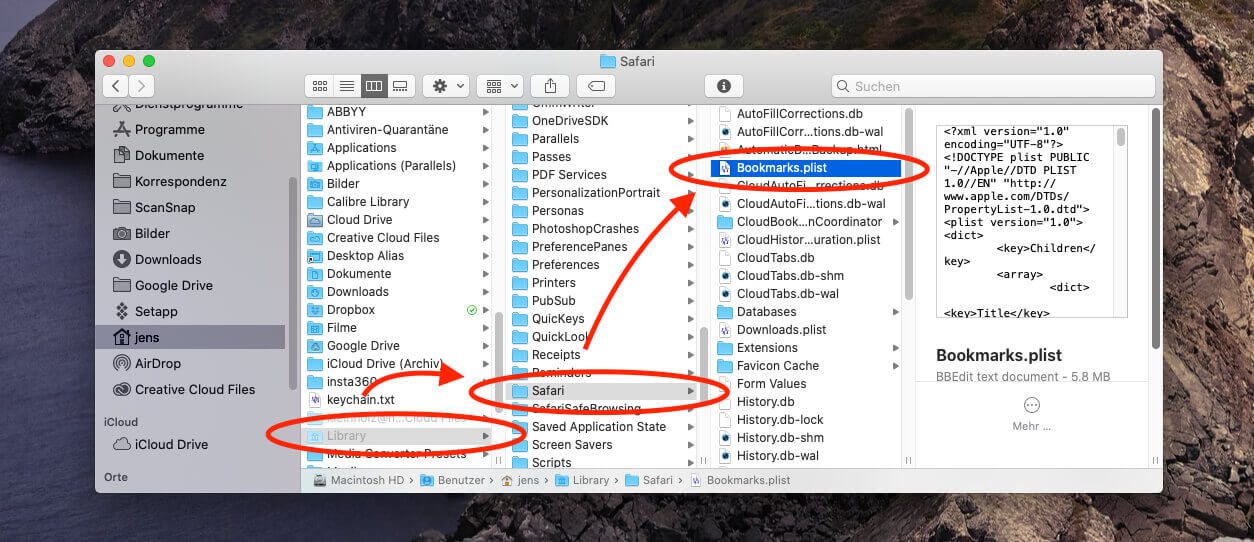

- #What is a plist file and do i need to save it how to
- #What is a plist file and do i need to save it mac os x
If there are any preference files in the results that you want to trash, you’ll probably need to use sudo rm rather than just rm. This time you’ll want to use the sudo command to make sure that the plutil command can read even those preferences files that are only readable by the administrator. There’s a second directory full of plist files, the system Library at /Library: If you’re thinking we’re done, you’re not quite correct. Notice that the inclusion of the ‘-i’ flag to rm causes the program to prompt me before each file is deleted. $ rm -i `plutil -s *.plist | grep 'plist:' | sed 's/://g'`
#What is a plist file and do i need to save it mac os x
How terribly… archaic! Instead, I’ll use the helpful Mac OS X shell backquote feature to run the test against all the preferences files again, then extract just the filenames: So I’ll do that, but not by typing in the filenames.

The standard way to fix a corrupted preferences file is to just delete it and then reset any custom settings in that specific application next time it’s launched. Well, actually there are 244 plist files in this directory (use ls *plist | wc -l to figure that out for yourself) so hiccups with four or five probably isn’t too bad. Unexpected ' ' or '=' after key at line 2 Now we’re getting somewhere! Here’s what happens on my computer when I run this:Ĭonversion of data failed. To avoid this problem, plutil has another flag, ‘-s’, that specifies you should only be shown errors. If you try this, however, you’ll find that it has a status output line for each file checked which means that you lose the problems in the stream of successes. You can replace the individual plist name with a set of all plist files in the Preferences directory with “*.plist” instead, as in: plutil *.plist. Hello Folks I think that it’s time for me to post here for almost the first time I’ve been reading and of course re-read a lot of stuff I found here in this forum when it comes to an Automation-Point-of-View using AppleScript just for any case. The program doesn’t know how a given application interprets its preferences, so if a ‘true’ should be ‘false’ that won’t be flagged, of course. It turns out that there’s a great little command-line application accessible within Terminal (Applications -> Utilities -> Terminal) that performs just what you seek, a plist verification program called plutil.Īt it’s most basic you can just hand it a suspect preferences file and it’ll scan it to see if all is well with the overall XML format.
#What is a plist file and do i need to save it how to
A fascinating question, because I too have been wondering about the mysterious new XML-format “plist” files in Mac OS X and how to ascertain if any of them are messed up without having the associated application start spitting up bits.


 0 kommentar(er)
0 kommentar(er)
